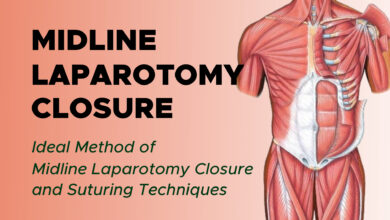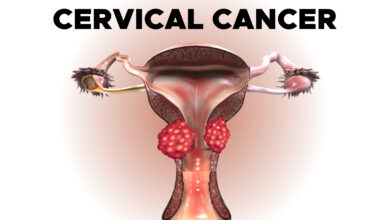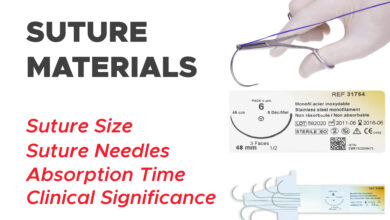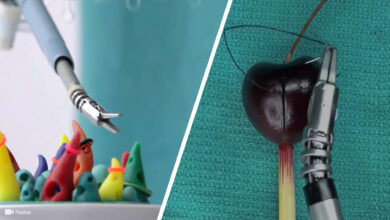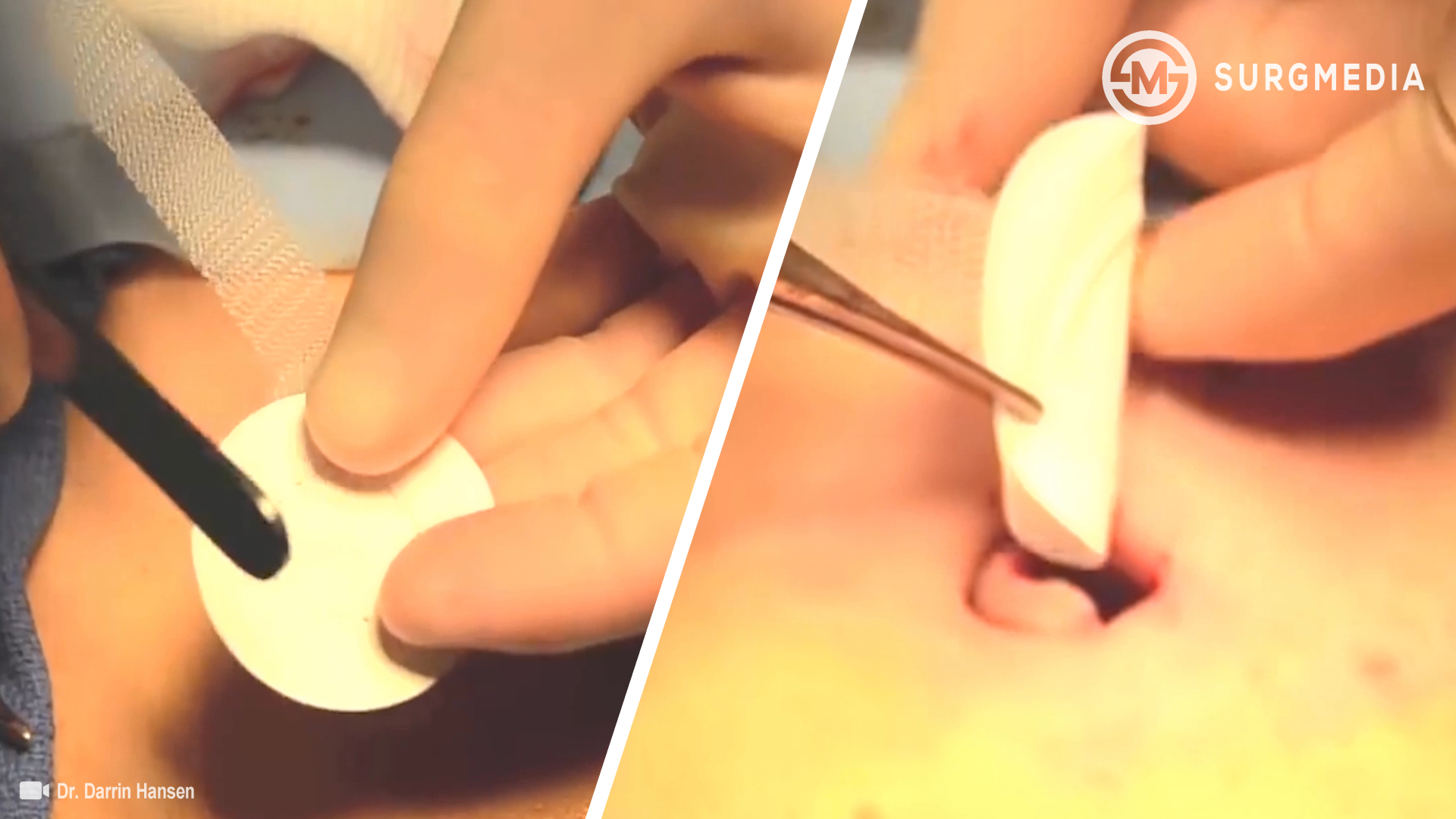
Very Good Technique: Umbilical Hernia Repair
Narrated Umbilical Hernia repair with a unique laparoscopic view of the mesh placement during an open procedure.
Umbilical hernia is a weakness that develops in the abdominal wall through and around the belly button, called the umbilicus. A bulge or sac containing fat or intestine pushes out through that weakness, sometimes causing an “outie” belly button. Most patients with umbilical hernias first notice a belly button bulge or discomfort. Over time these hernias can get larger and more uncomfortable as the hernia sac gets pushed out from inside the abdomen. Like other hernias, an umbilical hernia in an adult will not go away or get better without treatment.
Umbilical hernias carry the risk of becoming stuck or “incarcerated,” which could cause strong pain, nausea, vomiting, or the inability to pass gas from the rectum. Umbilical hernias can be diagnosed by your doctor by listening to your history and performing a thorough physical examination.
Treatments for Umbilical Hernias
Because of the risk of incarceration and symptoms caused by the umbilical hernia, surgical repair is recommended for most patients. At Mount Sinai, surgical repair of small umbilical hernias is usually done using the traditional “open” surgery method. Larger umbilical hernias are classified as ventral hernias, and can be repaired with either “open” or laparoscopic techniques.
